
In this special report from the Smithsonian Institution’s National Air and Space Museum in Washington, D.C., Patrick Sherman of the Roswell Flight Test Crew sits down with curator Roger Connor to talk about the museum’s rapidly expanding collection of modern uncrewed aircraft systems (UAS).
When he was designing the xenomorph for Ridley Scott’s iconic 1979 science fiction-horror classic Alien, Swiss artist H.R. Giger omitted one feature shared by virtually every macroscopic life form on Earth: eyes. Interviewed later about his work, Giger said, “We came to the conclusion that a creature without eyes, driven by instinct alone, would be far more frightening. That’s why I painted a second version of the alien that has no eyes.”
When the word “drone” burst into the public consciousness during the wars in Afghanistan and Iraq in the early 2000s, it was associated with a singular aircraft: the MQ-1 Predator. Even apart from the fact that there was no pilot on board, its configuration was unfamiliar to the general public: straight, narrow wings, like a glider, for long endurance; a V-tail slung beneath the airframe; a pusher-type propeller at the rear; and, in front, a sleek, featureless dome.
Where the cockpit would have been on a crewed aircraft, there was nothing but a smooth surface painted Air Force gray. Like Giger’s alien, it had no eyes and—like the crew of the film’s ship, Nostromo— the American public did not enjoy what it saw. Detractors labeled military drones “flying death robots,” and to this day there remains deep suspicion about their potential abuse, whether launching lethal strikes abroad or conducting surveillance at home.
This story is from the April 2020 edition of Flight Journal.
Start your 7-day Magzter GOLD free trial to access thousands of curated premium stories, and 8,500+ magazines and newspapers.
Already a subscriber ? Sign In
This story is from the April 2020 edition of Flight Journal.
Start your 7-day Magzter GOLD free trial to access thousands of curated premium stories, and 8,500+ magazines and newspapers.
Already a subscriber? Sign In
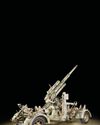
Scourge of the Allied Fighters
IT HAD TO BE THE MOST HELPLESS FEELING in the world: you're at 25,000 feet over Europe knowing that your primary function is to drop bombs-or flying escort for the bombers while being a slow-moving target for some of the world's finest shooters. However, you have John Browning's marvelous .50 caliber invention to give some degree of protection. Unfortunately, you're absolutely helpless against flak. Piloting and gunnery skills play no role in a game where sheer chance makes life and death decisions. For that reason, the Krupp 88 mm Flak 18/36/37 AA cannon could be considered WW II's ultimate stealth fighter. You never saw it coming.
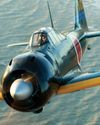
ZERO MYTH, MYSTERY, AND FACT
A test pilot compares the A6M5 Zero to U.S. fighters
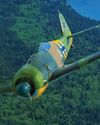
Fw 190 STURMBÖCKE
The Luftwaffe's \"Battering Rams\" against the USAAF heavy bombers
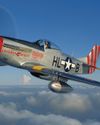
American BEAUTY
\"Forgotten Fifteenth\" top-scoring Mustang ace John J. Voll
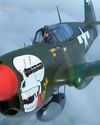
BANSHEE WAIL!
Flying Skulls over Burma

KILLER CORSAIR
Albert Wells, Death Rattlers Ace
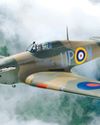
BACKSTREET BRAWLER
A young man, his Hurricane and the Battle of Britain
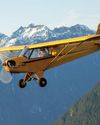
Still Flying After All These Years
One of the oldest airworthy J-3 Cubs
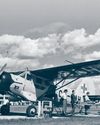
NOORDUYN NORSEMAN
Canada's rugged, fabric-covered workhorse

A good landing is one you can walk away from
NO, THIS IS NOT A SCENE FROM A MOVIE where the hero staggers away from a \"good landing\" on Mindoro, Philippine Islands, after being shot down by a Japanese Zero.